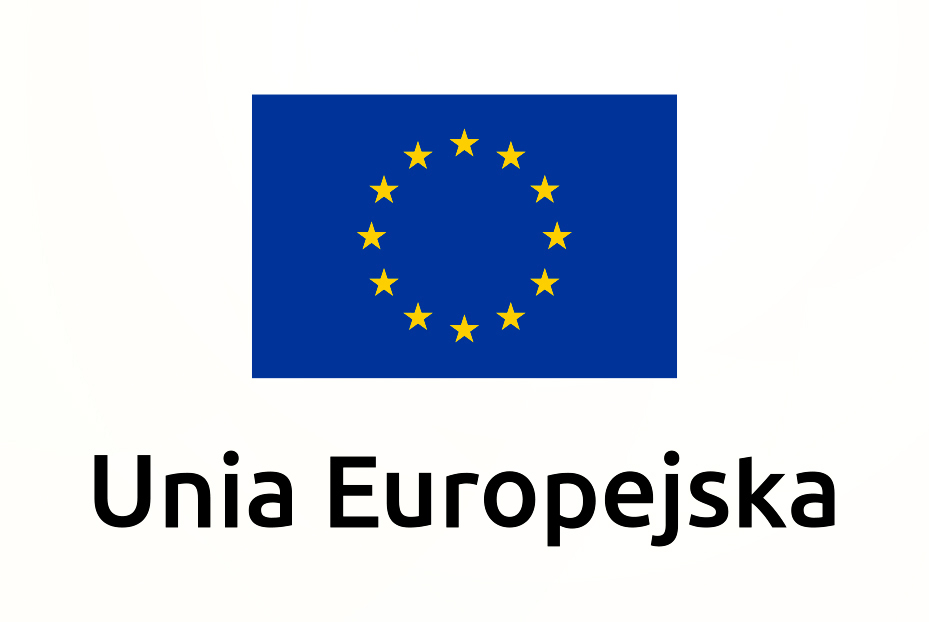Loyalty program as a business growth gas pedal. How does a business make money through a loyalty program?

Loyalty program as a business growth gas pedal. How does a business make money through a loyalty program?
Consumer loyalty has been repeatedly conjugated by all cases, and a lot has been said about the rightness of developing it. SmallBizGenius proves that the best companies in the world generate as much as 65% of their revenue based on repeat business from loyal customers. Customers who remain loyal to a brand not only buy more often, but it is also much cheaper to retain them than efforts to attract new customers. A high rate of brand loyalty provides stability and acts as a dynamic growth gas pedal, enabling companies to grow up to 2.5 times faster than their competitors. No one needs to be convinced that having a loyalty program simply pays off.
A loyalty program is an investment with multiple business benefits, which is why companies are allocating increasing budgets to loyalty activities. According to the “Loyalty Big Picture” report, more than 71% of retailers invest at least 2% of their total revenues in loyalty and CRM. In this article, we will present the positive effects, sometimes not obvious and not always directly related to the consumer, by which business with the help of a loyalty program grows. Learn about the areas where the loyalty program brings the biggest growth opportunities!
Targeting communications
Loyal customers are one of a brand’s most valuable assets, and the ability to contact them is a natural source of revenue for a company. If a company pays great attention to the proper building of the base from the very beginning, both quantitatively and qualitatively, it can count on a high response of its communication activities. The loyalty program is conducted in order to get to know customers, identify and understand their needs, and then tailor product recommendations on this basis. Communication prepared in such a way will simply be valuable, will fit into the natural needs of the consumer and will not be perceived as spam. Experience shows that recipients communicated with personalized messages have up to three times higher purchase response compared to non-communicators. In addition, by targeting selected offers to selected club members, the company does not unnecessarily burn through budgets, and targeted communications yield up to 60% higher results than an offer sent to the entire base. It is worth noting that out of the available palette of marketer’s tools, the budget spent on communication in the loyalty program gives the highest return on investment in a short period of time – investment in communication in the loyalty program generates up to four times higher ROI compared to other communication and media activities carried out in offline and online channels. The best market banchmarks show that with a sufficiently large share of the loyal customer base, it is possible to generate up to 15% of additional company turnover with the help of the program. Communication is the basis, but the role of the loyalty program does not end there, as it also affects other aspects of doing business.
Making better decisions
The classic approach to developing a retail business usually focuses on bringing new traffic to the store. However, there are times when stationary stores without special promotional activities are crowded and thus intensifying the number of customer visits, instead of closing sales, only intensifies dissatisfaction in them.
We were faced with an analogous challenge by one client who wanted to grow, but customer satisfaction surveys showed that stationary stores were too crowded to provide a high and satisfying level of service. Bringing in traffic would actually generate even more lost product sales opportunities for the retailer. So how do we grow when we can’t serve more customers?
We decided, with the help of knowledge from the loyalty program, to identify customers realizing large expenditures and analyze what percentage of loyal customers is responsible for what percentage of sales. Very often, to the surprise of many managers, according to the Pareto principle, it turns out that 80% of the company’s turnover is realized by only the top 20% of customers. This was no different in this case.
The data from the loyalty program made it possible to understand the need to focus on activities aimed at the best customers, who account for the lion’s share of sales. This meant that the company should change its approach and start generating sales growth with the quality of customers rather than their quantity. This approach made it possible to meet sales targets by closing sales with the best customers from a business perspective.
Working with assortment
Managing a store’s assortment is quite a challenge for retailers. Optimizing assortment selection is not an easy process and requires the owner to understand shopper behavior. In order to operate effectively, it turns out to be crucial to understand the mechanisms behind customers’ purchasing decisions.
At first glance, it seems that to work with the assortment it is enough to analyze receipts, which of course is possible without a loyalty program. However, on this basis, the company is only able to assess which products are selling and which are not. More accurate analysis is possible by using data from the loyalty program, which takes working with the assortment to the next level. When planning a store’s assortment, it is necessary to know which customers visit our store, when and what products they buy and also in what configurations they do so. Thanks to the fact that customers register their purchases on loyalty cards, we know exactly who buys what, which products customers return for, and which items are repeated in the baskets of a key group of consumers.
This approach sheds new light on assortment control. This is because it may turn out that medium- or even low-turnover products are in the baskets of loyal customers, for whom they regularly return. A company without a loyalty program based on transactional data alone would probably eliminate such assortments, thus risking the loss of regular customers. Analyzing loyalty data can help you understand what products are most popular with loyal customers. This allows you to adjust the assortment at each location based on the preferences of the most profitable business customers.
Distribution network development
Depending on the nature of the business, the store format and the products offered, a company with the help of a loyalty program can optimize the development of its distribution network. We are not only talking about planning the location of new stores, but also providing preferential pick-up points to ensure the best experience for consumers. Loyalty program data is an invaluable source of information that can accurately identify areas with high potential for company expansion. Proper analysis can reveal the presence of customers outside of current store locations or order pickup points. In such cases, it is worth considering expanding the service area to make shopping easier and more convenient for customers.
One Loyalty Point customer, with a relatively small number of outlets in the country, offers products of non-standard weight and size. Although courier delivery is theoretically possible, for an individual consumer this service is disproportionately expensive. In addition, the size of the products in most cases exceeds the possibility of delivery to well-known and popular post office boxes. Based on an analysis of club members’ residential addresses, we were able to launch additional order pickup points in the most challenging locations, making it easier for customers to access products. This gives club members a preferred way to receive their orders near their home address. From the customer’s perspective, this approach is convenient and inexpensive.
Increasing the effectiveness of media campaigns
Loyalty programs are a treasure trove of consumer insights, and, it’s worth noting, their role isn’t just about activities aimed at club members only. Loyalty program data transforms the process of planning and executing advertising campaigns and enables us to look for similar consumers outside our own base.
Using hundreds of variables related to club members, their behavior on the website, mailings, transactions or demographics, we build scoring models that we combine with DMP systems. In DMPs, we look for new audiences – “look a like “, potential customers most similar to our club members with certain characteristics, which enables us to scale the reach of a campaign significantly, up to 10 times.
Because we identify club members’ needs and our knowledge of them is very detailed, we can tailor many of the elements used in a media campaign, such as product and benefit language. In this way, we reach new audiences with a tailored offer with a high potential for conversion to purchase. This translates into up to a 150% increase compared to other activities without using CRM data.
Loyalty program and company financial performance – summary
Once a loyalty program is in place, it is important to continuously monitor how it affects the company’s financial performance. This is because it is not a one-time expense, but a long-term investment. The company must prepare a clear financial plan for the project to know at what point, under what conditions, the loyalty program will earn more than it costs. At the stage of preparing the strategy, a business case needs to be developed, which calculates the costs incurred and the potential benefits under various scenarios. In the course of running the program, new data will emerge, based on which you can estimate further assumptions and develop loyalty activities even more strongly. Work with a loyalty program can never be considered finished – the more we work with loyalty, the more opportunities for development appear on the horizon.




 Facebook
Facebook LinkedIn
LinkedIn Twitter
Twitter



 LOYALTY POINT is implementing a project with Contribution from European Funds.
LOYALTY POINT is implementing a project with Contribution from European Funds.